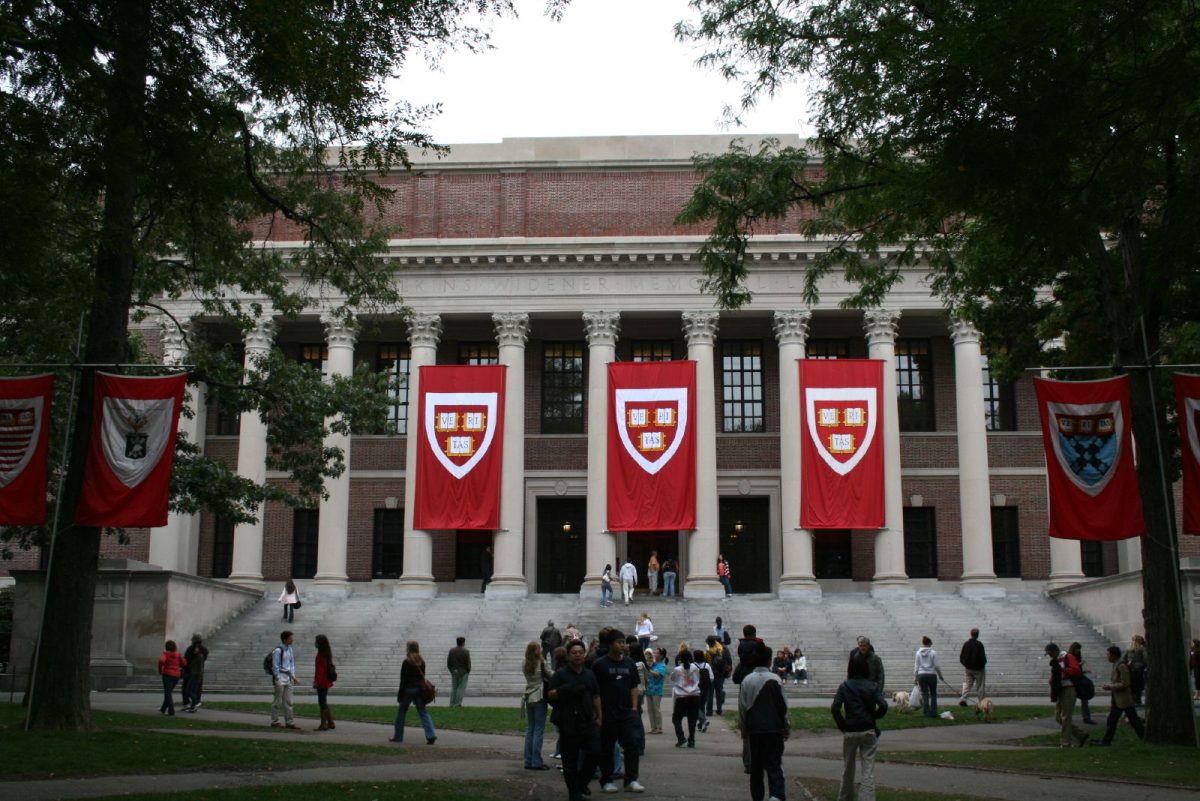Josh: It’s time for the anti-cafeteria movement to end
As naive freshmen, my friends and I believed that we would be able to eat at the tables next to Subway and Flippin Pizza every day. We were to be finally liberated from the cafeteria tables of middle and elementary school that we were forced to sit at for years. But after the first week of school, we realized that the inconsistency of seating at G-Square and its overcrowding was too much for us, and we migrated to the cafeteria as a “placeholder” until we found a new place to eat.
Since then, that placeholder has turned into the spot we eat until this very day. Though the group has gone through multiple iterations as some leave and come to WJ, the memories always stay positive.
There are plenty of people in the cafeteria, and while some are split into impenetrable cliques, many kids are surprisingly inviting, and I’ve met some people whom I’ve become close friends with. The layout of the cafeteria makes this easy as well, since many people who don’t know each other sit at the same table, making meeting new people something that could be a daily occurrence if sought out.
I know the look I’m going to get when I tell someone I eat in the cafeteria every day. And I also know roughly the response I’m going to get, along with a weird look. These responses are common and are the reason for the negative perception of the cafeteria, since students are worried about their social reputation.
I think it doesn’t matter where you eat lunch, as long as you can eat and feel comfortable at the same time. And shockingly, a school cafeteria like ours can accomplish both of these feats, and this is why the stigma against the cafeteria needs to end. You don’t have to eat there, but it should be accepted as a normal location to eat lunch.
Gil: The cafeteria limits lunchtime activities
One of the best things about moving into high school is the broader sense of freedom and choice. When people think of this new sense of independence, usually the first example that comes to mind is open lunch. To freshmen coming into WJ, the open lunch policy seems full of endless possibilities. Now, as a junior, I realize that it is not as limitless as it sounds, but I can definitely say that I have enjoyed and taken advantage of the opportunities it presents. The choice to eat in the cafeteria despite the options available at lunch would have produced a completely different high school experience than the one I have been through, not one I would prefer.
For such a large student body, with so many smaller divisions, friend groups and clubs, the cafeteria doesn’t offer an ideal environment in which to spend the lunch hour. The cafeteria does not fit the entire student body, meaning that even if it were the best lunch option, only a certain number of students could eat there. This would lead to social issues and problems due to space constraints. Being located at one end of the school, it forces students who want to eat there to walk long distances which is inconvenient, especially if you want to beat the lunch line.
Spending lunchtime in the cafeteria can also prevent other possibilities for students. From my own personal experience, many club meetings or student-led activities that I have taken part in have been a result of a coincidental discovery I made walking by the event. Staying so far away from the majority of classrooms and programming spaces in the schools decreases the likelihood that students sitting in the cafeteria could be intrigued by clubs or activities that they would come across if they ate elsewhere. Also, the stores and food options at G-Square are worth checking out every once in a while, but they are much harder to get to from the cafeteria than from almost anywhere else in the school.
Of course, the stigma surrounding eating in the cafeteria is a problem that the WJ student community should resolve. Judging others by where they sit at lunch only works to divide people, and it can be extremely hurtful to those who sit in places like the cafeteria that are unfortunately derided. My opinion has nothing to do with the type of people associated with sitting in the cafeteria.
Still, the various other spaces around the school offer more ideal locations to spend lunch. The sense of freedom, availability of space, convenience of location, activity possibilities and food options make the cafeteria a less attractive place to eat. So it makes sense that while some enjoy it, the majority of WJ students prefer to eat elsewhere.






















